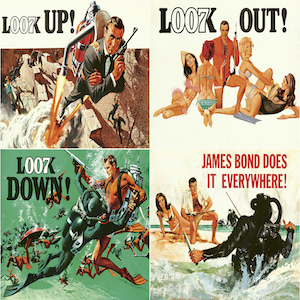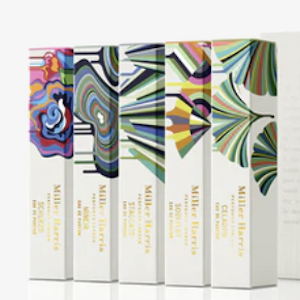RATIO; Made in Dublin
By Renee Umsted
Imagine walking through the streets of Dublin, that diverse and constantly evolving Irish capital city. What do you see? Who is there, and what are they doing? Consider the sights. Don’t forget the sounds, the smells, the feeling. There’s a distinctly identifiable historical importance, but there’s something else–the hustle and bustle of a modern metropolis, the pains and struggles of daily life.
This is what Eamonn Doyle captures in Made in Dublin, a collection published by Thames & Hudson. It contains hundreds of examples of Doyle’s street photography as well as a few brief sections of prose by Kevin Barry and design and illustrations by Niall Sweeney. Aided by the layout of the spreads, all these elements work together to show the many facets of the city, the different parts that interact with each other to constitute Dublin.
Though the book is divided into three sections, each with a distinct theme, none of them resemble a beginning, middle or end; rather, the publication is much more fluid, representing the changing nature of Dublin and its inhabitants. The first series, ‘i,’ portrays the city’s residents in a wholly new way, showing them from a perspective unlike any other. The second section is ‘ON,’ and the photos included have a desperation about them. Printed in black and white, the faces express a feeling of longing, evidence of hardship, the truest of the human experience. Finally, ‘End.’ finishes–but does not conclude–the book. It’s not quite a cliffhanger, but it is open-ended, a realistic and appropriate closing of such a story, something the Dublin-born photographer can create.
The book’s design is itself reflective of the ideas behind the publication: that Dublin is multifaceted, edgy, a conglomeration of many parts, a city impossible to be looked at from only one perspective. Flip to a page, and it could consist of only one large photo. Or two. Or it could be a collage. Perhaps the subjects are related, or the same, but no two images are identical, adding visual interest to the book and forcing the reader to look at one thing from more than one perspective. White borders separate photos and define boundaries, which dictates just what the viewer can see.
Nothing feels repetitive. The photos, even if they have the same subject, are unique. The short bits of prose are unique. The layouts and illustrations are unique. It’s about a ratio, a balance–images broken up by white space, borders, and text, photos of people placed next to photos of buildings and other inanimate structures.
That’s a good way to describe the book, a ratio: a carefully designed, balanced exploration of Dublin told from an intricate weaving together of perspectives from a photographer, a writer and an illustrator.






